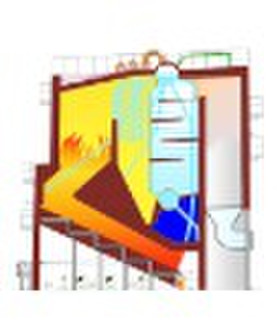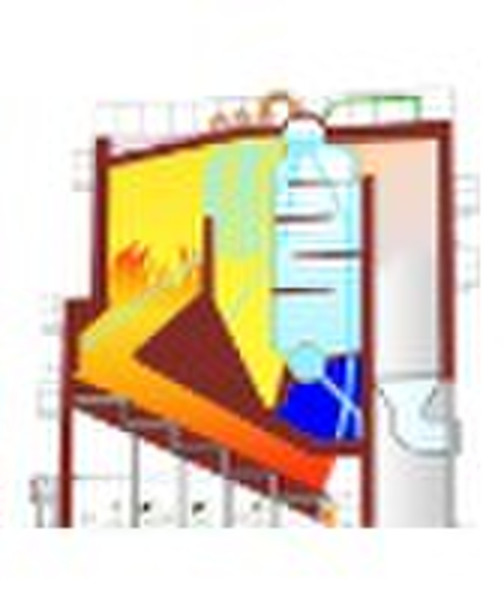Каталог
-
Каталог
- Автомобили и мотоциклы
- Безопасность и защита
- Бизнес
- Бытовая техника
- Бытовая электроника
- Детали машин и услуги по их изготовлению
- Дом и Сад
- Здоровье и медицина
- Игрушки и хобби
- Изделия из металла
- Измерительные и анализирующие приборы и инструменты
- Инструмент
- Красота и личная гигиена
- Мебель
- Мероприятия по охране окружающей среды
- Минералы и металлургия
- Модные аксессуары
- Обувь и аксессуары
- Одежда
- Освещение
- Подарки, сувениры
- Продовольственные товары и напитки
- Промышленное оборудование и техника
- Резина и пластмассы
- Сельское хозяйство
- Специальное оборудование
- Спорт, отдых и досуг
- Сток
- Строительство и недвижимость
- Текстиль и кожа
- Телекоммуникации
- Товары для офиса, учебы. Канцтовары
- Транспорт
- Упаковка и печать
- Химикаты
- Часы, Украшения, Очки
- Чемоданы, сумки
- Электронные компоненты, оборудование, принадлежности
- Электротехническое оборудование и принадлежности
- Энергия
Filters
Search
Котел на биомассе
Харбин, Китай
86-451-82365024

Yanfeng Li
Контактное лицо
Основные данные
| Место происхождения | Heilongjiang China (Mainland) |
|---|
The Large Ladder Reciprocating Grate Boiler (LLRGB) is a series of imported product which is characterized by wide fuel adaptability. It can apply various fuels with low calorific value and low density, such as rice husk, straw, corncob, branches and fault coal. Because the biomass fuel is small in density (about 1/6-1/7 of that of the coal) and low in calorific value ( half as that of the raw coal's 5000kcal/kg calorific value), so it requires the volume of the fuel put into the furnace must be 7-8 times as that of the coal. Even though we increase the width of the furnace and improve the speed of the grate, the thickness of the fuel also needs to be 350-450mm thick, which will brings great combustion difficulties to the boilers'combustion equipments. On the contrary, thanks to LLRGB's great drop and strong fire broadcasting ability (automatically 36 times per minute), after repeated broadcasting, the fuel in the furnace can get full contact with the oxygen, so that the fuel can get fully and effective combustion. In this way, LLRGB completely solves the fuel's combustion problem. Generally speaking, the biomass fuel has high silicon content (such as the rice husk whose silicon content is 85%) that will cause sever fray to the boiler's heating surface if the fluid bed combustion method is applied. To come up with this problem, the LLRGB applies a combination combustion method of air feeding method, suspension burning, and grate firing in big drop and high inclination-angle. This method not only protects the heating surface, but also reduces the mechanical incomplete combustion loss as well as improves the boiler's combustion efficiency and thermal performance. Considering the low calorific fuel has comparable low furnace temperature and flue gas humidity, in order not to affect the heat transfer, LLRGB's body heating area reaches 43m2 per steam ton which is far bigger than that of other boilers. The dust reduction equipments and secondary air system installed in the LLRGB will efficiently control the fly-ash emission, reduce the heating surface wear and lighten dust concentration in the boiler's exit. LLRGB is characterized by its convenient ignition, operation, running and maintenance. In addition, it is proud of its low accident rate and long trouble-free operation period. Moreover, LLRGB can run in low power consumption and in single-layout,which will reduce the operation and the plant costs respectively.
Условия поставки и упаковка
Порт: DALIAN
Условия оплаты
Аккредитив
Электронный перевод
-
Способы оплаты
Для оплаты товаров и услуг на нашем портале, Вы всегда получаете счет, в котором Вам необходимо самостоятельно указать свои данные.
Мы принимаем к оплате:









